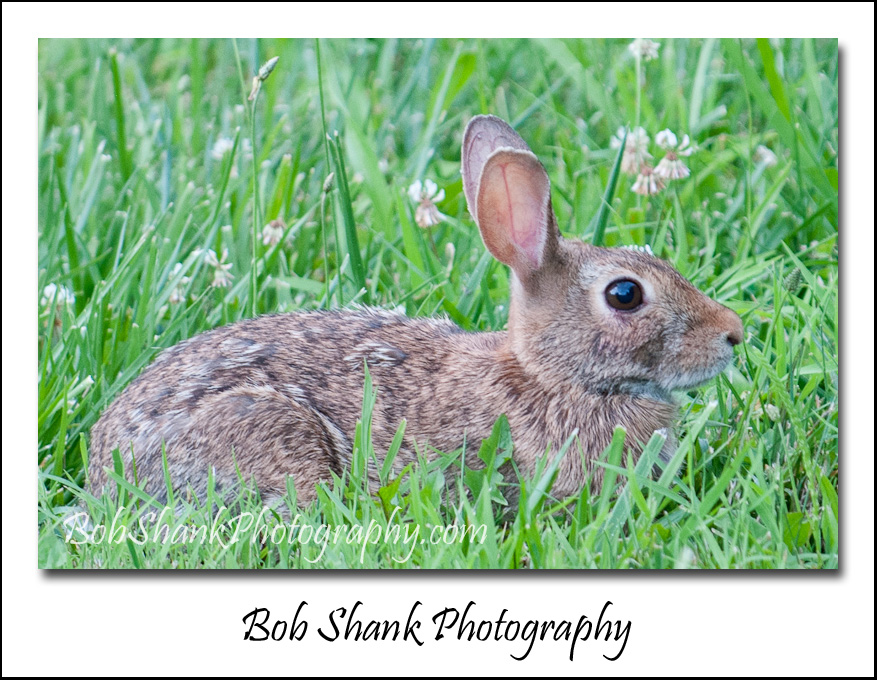We can be creative with our photographs by paying attention to what we want the viewer to focus on in our photo. The goal is to use clear focus on the subject but not the competing surroundings or the background. How can we do this?
Shooting with a larger aperture, small numbered f-stop, say like f/2.8, will blur out the background nicely and keep proper focus on the subject. This is the best way I’ve found to do this and is what I use almost all the time in sports and wildlife photography.
Think about it… you’re shooting an animal that naturally blends into its habitat. This is, after all, what keeps it safe from predators–camouflage. Take a photo of a bunny and you will immediately see just how much it blends into its environment. This does not make for easy photography. By opening up our apertures, we are letting more light hit the digital sensor in our camera. But it also decreases the depth of field that is in focus in the photograph. Several factors contribute to this formula such as distance from the subject, but the effect results in a blurred background. This helps to keep the viewer’s eye focused on the main subject, which of course is our goal.
The next time you’re out on a photo shoot, take a photograph of a subject with your f-stop set at something like f/16, then switch the f-stop to f/2.8 or your lowest setting. Then compare the two photos. Do you see the difference?
Remember, shoot wide open to blur the background and keep the focus on your main subject.


